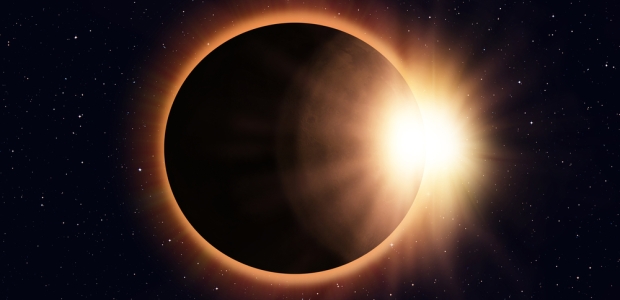
NASA Welcomes Citizen Scientists' Help During Eclipse
"No matter where you are in North America, whether it's cloudy, clear, or rainy, NASA wants as many people as possible to help with this citizen science project," said Kristen Weaver, deputy coordinator for the project. "We want to inspire a million eclipse viewers to become eclipse scientists."
NASA is inviting member of the public who are watching the Aug. 21 total solar eclipse to join in a nationwide science experiment by collecting cloud and air temperature data and reporting it via their phones. The Global Learning and Observations to Benefit the Environment (GLOBE) Program is a NASA-supported research and education program that encourages students and citizen scientists to collect and analyze environmental observations, and eclipse watchers can download the free GLOBE Observer app to guide them through data collection.
The Aug. 21 solar eclipse will occur across the entire continental United States, crossing 14 states from Oregon to South Carolina over the course of an hour and a half: from 10:15 a.m. PDT off the coast of Oregon and to 2:50 p.m. EDT in South Carolina. All of North America will experience at least a partial eclipse.
"No matter where you are in North America, whether it's cloudy, clear, or rainy, NASA wants as many people as possible to help with this citizen science project," said Kristen Weaver, deputy coordinator for the project. "We want to inspire a million eclipse viewers to become eclipse scientists."
Users of the app will need to obtain a thermometer to measure air temperature; observations will be recorded on an interactive map.
NASA researchers will be doing their own observations during the eclipse: https://www.nasa.gov/feature/goddard/2017/nasa-looks-to-the-solar-eclipse-to-help-understand-the-earth-s-energy-system, Rani Gran and Kelsey Wright of NASA's Goddard Space Flight Center reported.